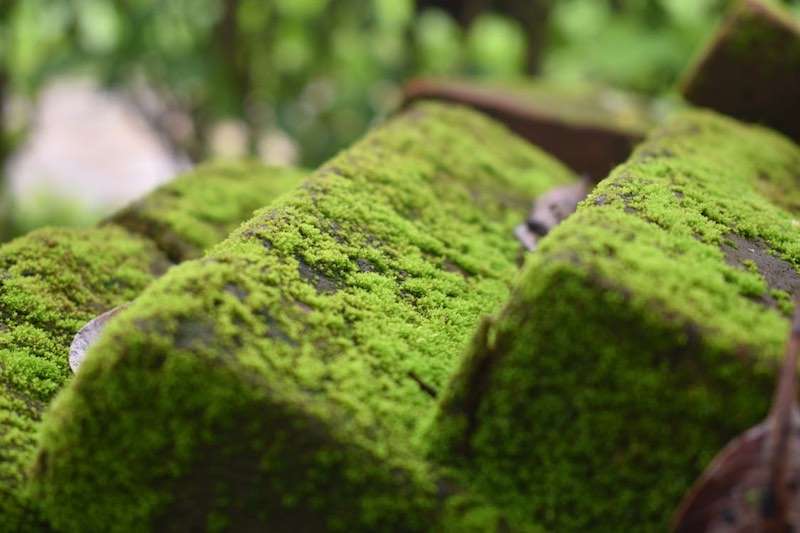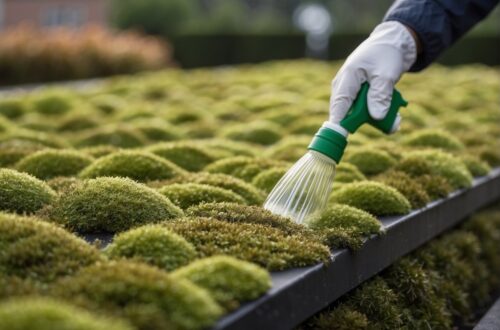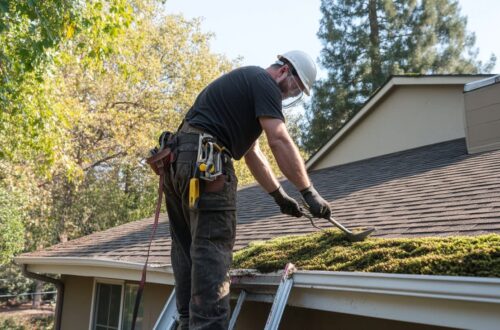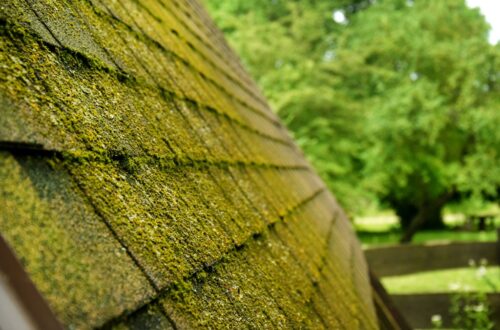Moss growth on a roof is more than just an aesthetic issue—it can lead to serious structural damage if left unchecked. Homeowners often attempt to remove moss themselves, but improper techniques can cause more harm than good. Understanding the common mistakes people make when tackling roof moss removal can help prevent costly repairs and ensure the longevity of the roofing materials.
Using Harsh Chemicals
 One of the most common mistakes in roof moss removal is using overly harsh chemicals. Many homeowners resort to bleach or strong commercial cleaners to kill moss, thinking that a powerful solution will work more effectively. While these chemicals may remove moss initially, they can also damage the roofing materials. Harsh substances can break down shingles, weaken protective coatings, and even affect the underlying structure. Additionally, they may wash off the roof and harm surrounding plants, soil, and even water sources.
One of the most common mistakes in roof moss removal is using overly harsh chemicals. Many homeowners resort to bleach or strong commercial cleaners to kill moss, thinking that a powerful solution will work more effectively. While these chemicals may remove moss initially, they can also damage the roofing materials. Harsh substances can break down shingles, weaken protective coatings, and even affect the underlying structure. Additionally, they may wash off the roof and harm surrounding plants, soil, and even water sources.
A better approach is to use a mild, biodegradable moss removal solution that is specifically designed for roofs. These products effectively eliminate moss without causing harm to the roofing materials or the environment.
Scrubbing Too Aggressively
Another mistake many people make is scrubbing their roof too hard when trying to remove moss. While it may seem like a good way to get rid of stubborn patches, excessive scrubbing can damage the protective granules on asphalt shingles, leading to premature wear and leaks. Metal and tile roofs are also susceptible to damage from excessive force, as scrubbing can create scratches or loosen tiles.
Instead of aggressive scrubbing, it is better to use a gentle rinsing method with a garden hose or soft-bristle brush. Let the moss removal solution do its work before attempting to remove any remaining residue. Patience is key, as moss often loosens over time and washes away naturally with rain.
Ignoring Preventative Measures
Removing moss without taking steps to prevent its return is another common oversight. Many homeowners focus on getting rid of the moss but fail to address the underlying conditions that promote its growth. Moss thrives in damp, shaded areas, so without proper preventative measures, it will likely return.
To prevent future moss growth, consider trimming overhanging branches to allow more sunlight to reach the roof. Keeping gutters clean and ensuring proper drainage will also help prevent excess moisture buildup. Additionally, installing zinc or copper strips along the roof ridge can create a natural deterrent against moss growth, as these metals release ions that inhibit moss development.
Pressure Washing the Roof
Some homeowners believe that using a pressure washer is the fastest and most effective way to remove moss. However, high-pressure water can cause serious damage to a roof. It can strip away protective coatings, loosen shingles, and force water underneath the roofing materials, leading to leaks and rot.
Instead of pressure washing, a gentler approach should be used. A low-pressure hose with a proper moss removal solution is a much safer and more effective method. If pressure washing is necessary for other roof maintenance reasons, it should be done carefully and only by professionals who understand the correct pressure settings for different roofing materials.
Attempting Removal Without Proper Safety Precautions
Roof moss removal often involves climbing ladders and working at heights, which can be dangerous if the proper precautions are not taken. Many homeowners attempt to remove moss without securing themselves properly, increasing the risk of falls and injuries.
Wearing non-slip shoes, using a stable ladder, and having a safety harness can significantly reduce the risks. If the roof is particularly steep or the moss is widespread, it may be best to hire a professional who has the right safety equipment and expertise. No amount of moss removal is worth the risk of a serious accident.
Waiting Too Long to Address the Problem
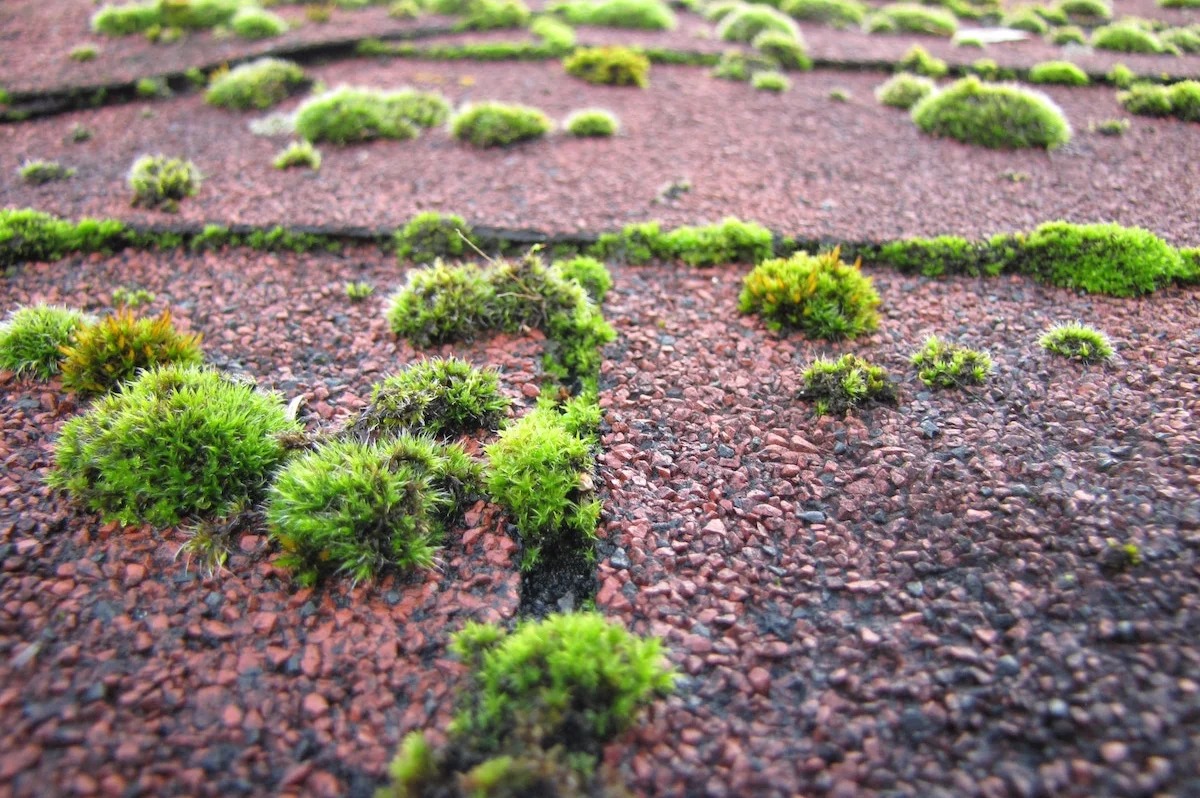
Some homeowners make the mistake of ignoring moss growth until it becomes a serious issue. Moss may seem harmless at first, but over time, it can cause significant damage. It retains moisture, which can lead to shingle deterioration, rot, and even structural issues. The longer moss is left untreated, the more difficult it becomes to remove.
Regular roof inspections can help catch moss growth early. If even a small amount of moss is spotted, taking immediate action can prevent costly repairs in the future. Addressing the issue promptly also reduces the need for aggressive removal methods that can damage the roof.
Overlooking Professional Help
Many homeowners assume that moss removal is a simple DIY task, but in some cases, professional assistance is necessary. Roofing professionals have access to specialized equipment, eco-friendly treatments, and the expertise needed to remove moss safely and effectively. They can also inspect the roof for underlying issues that may be contributing to moss growth.
While DIY methods can work for minor moss problems, extensive infestations or delicate roofing materials often require professional attention. Investing in professional roof maintenance can extend the lifespan of the roof and prevent long-term damage.

